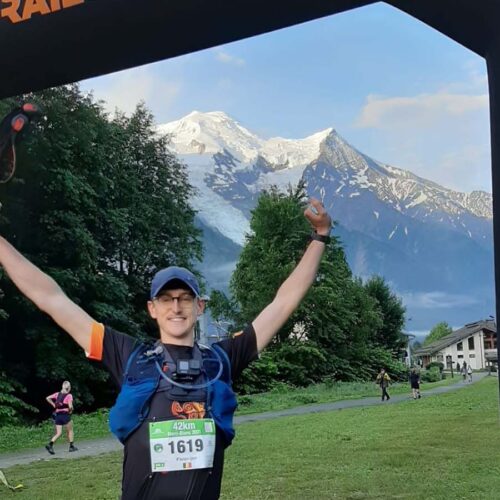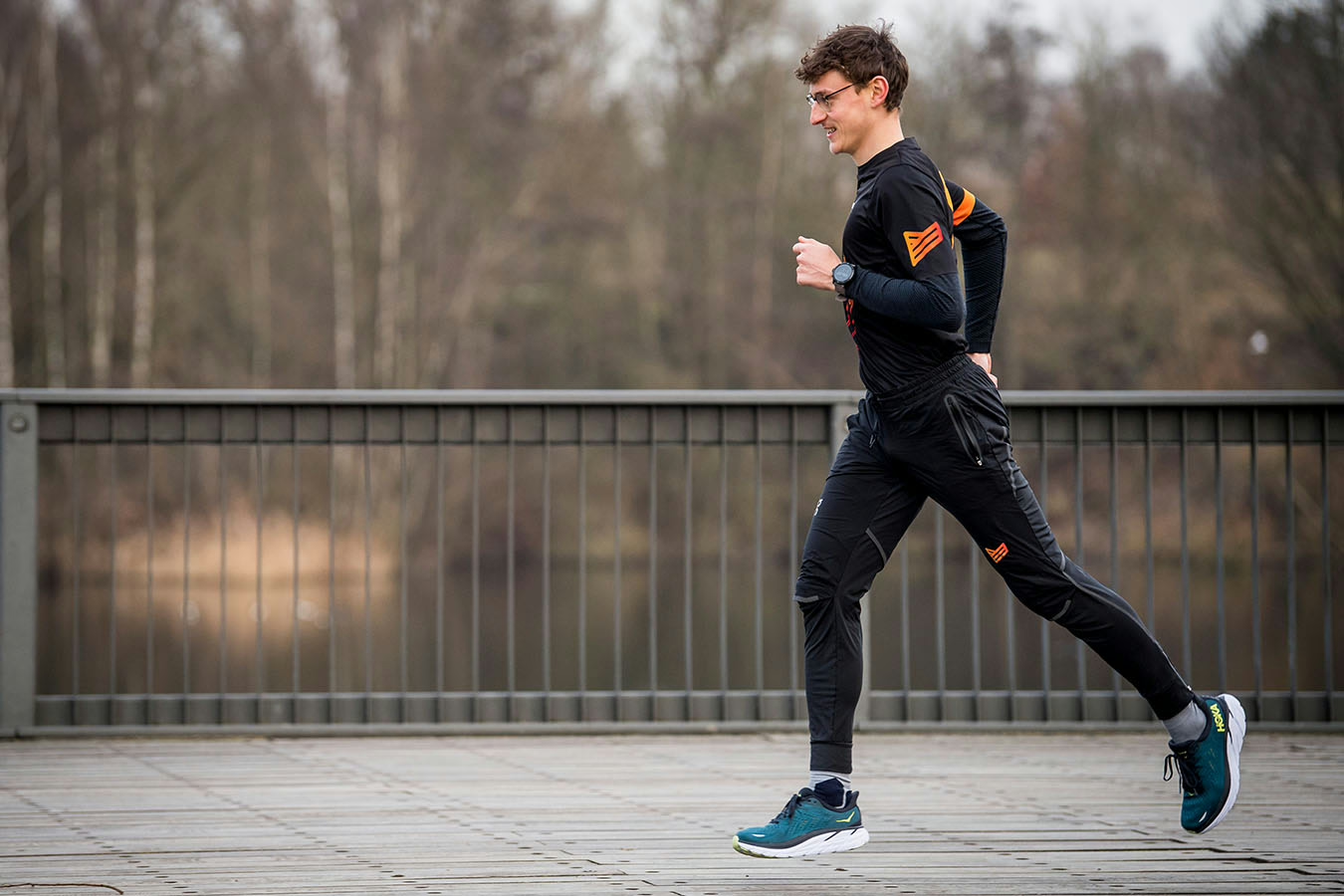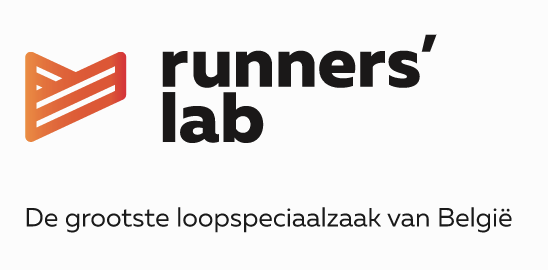Advisor Pieter-Jan is not averse to a challenge. Soon he will participate in the Marathon des Sables. We are closely following his preparation and competition. Thanks to this live blog, with multiple weekly updates, you won’t have to miss a thing either.
One of the world’s toughest running races
Tom Waes already did it – what didn’t that man do yet? Karel Sabbe also set a good example – another stuntman. And 351 brave warriors finished the job last year – 321 less than hoped for. You suspect, we’re not talking about a Sunday run here. But about a 250-km trek through the blood-hot Moroccan desert. On foot. Better known as the Marathon des Sables, synonymous with one of the world’s toughest running races.
On March 27, Pieter-Jan Ameys will embark on this adventure. The counselor from Zaventem will then begin a six-day run with 1,200 other participants. Five stages, one rest day, a total of 250 km. Does that sound crazy already? Perhaps mention that it takes place on a barren sandy plain in scorching hot temperatures — the desert.
No, even the mere mortals within #teamrunnerslab don’t all understand how on earth you want to get into that. So we thought we’d ask Pieter-Jan himself. We also immediately inquired about how he prepares for such an adventure. Below, Pieter-Jan takes you through his preparation. Caution: the content below may make jaws drop.
Latest update:
02.04 Applause requested!
Mission more than succeeded. Pieter-Jan had predicted it. “If I can get through the longest stage well, then the final 42 km should do as well.” And he did not lie. It took him 6:31:27, but time doesn’t matter here. Pieter-Jan can officially call himself a finisher of one of the very toughest running races in the world, chapeau! The final verdict? Ran a total of 35h32:35, with heavy backpack on the back, at an average speed of 6.5 km/h. Good for 180th place among all participants and 74th place within his category. Pieter-Jan, you are a beast! And after such a hard week, what better reward than to be able to finish another solidarity run of 7 km through the desert? (wink)
01.04 There is mail!
“My tent mate had a phone signal for a very short time, so I was able to send a quick message for the first time during this adventure. I suffered ridiculously hard during the longest étappe, but in the end I still managed to run it fairly decently. I feel okay, but I expected to run a little faster here. The circumstances mean that I have to use my strength very sparingly. Yesterday was a rest day and that was much needed. My body is really worn out. Today is just one more day of running. I take a lot of courage from the thought of being back home with all the comforts.”
31.03 14 long hours through the desert
He flicked it. Pieter-Jan survived the queen stage. After 13h47:10, his 86 kilometers through the hot desert were over. His average speed? Not a speck of decline is on it. Pieter-Jan was able to maintain a speed of 6.15 km/h as in the previous, much shorter, stages. And so he works his way up the standings again. He came in 131st and 56th within his category. STRAF!
30.03 Trust from the home front
“Is there anything more beautiful than seeing that one person you love so dearly live their passion? Blessed is my opinion. I remember so well how Pieter-Jan watched x-number of years ago the episode about the MdS of Tomtesterom and said he really wanted to do that later. For laughs, I thought, because at that time he wasn’t running for very long at all. Meanwhile, sports in nature has really become his passion.”
“It’s very nice to be able to follow everything through the organization’s website and social media. That way we still have an idea of what it’s like over there. On the images, the atmosphere seems to be good in the desert, so I’m sure Pieter-Jan and Anton are also enjoying the free moments. Of course, it would have been more pleasant if we could have reached them. Well, that’s part of the whole adventure, isn’t it? It makes us mentally more busy, because we hope to hear from him. How is he feeling? Is everything going well? Does he like the 86 km? How are his feet? The toughest part is today, so we are holding our breath, but physically he can handle it. Of course he knew beforehand that he would have to suffer and he is well prepared, so I am not really worried. I admire his personality. Relating and helping others comes so naturally to him. He never puts himself first and is not so concerned with what others do or say. Fingers crossed!” – Pauline (friend Pieter-Jan)
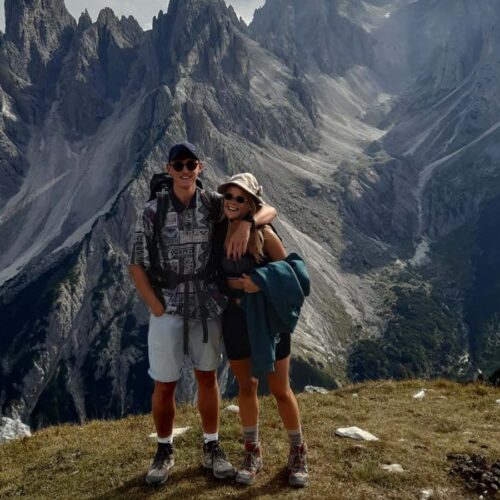
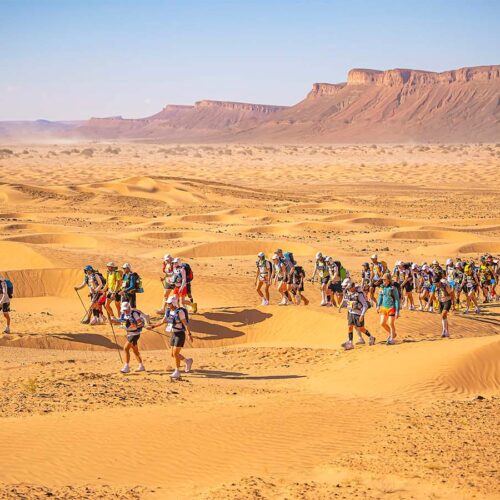
29.03 Moving up the rankings
And stage two (38 km) and three (32 km) are in the books. Even though Pieter-Jan dropped the pace a bit during these two stages (6.15 km/h average), he still won several places in the standings. He came in 182nd after day two at just before 3 p.m. (72nd in his category). It was briskly blowing in the tent camp afterwards, but Pieter-Jan was apparently still sufficiently rested at the start of the third étappe. Once again he advanced in the standings. Smoothly made the top 150 during étappe 3. Correction: place 136 so even smoothly entered the top 140. The hardest part, however, is yet to come. On Wednesday, the toughest stage of 86 km is on the menu. Come on PJ!
28.03 1 Stage down!
Well begun is … Okay, this slogan is not quite right. The fact that Pieter-Jan started this adventure already makes him a full-fledged winner. He already managed to complete the first stage of 30 km. After 4:06:08 (7.14 km/h), he came in. Good for 207th place among all participants and 75th place in his category (Seniors men between 23 and 39). Meanwhile, Pieter-Jan has already started his second day. This time he will face 38 km. We will keep you informed.
27.03 Know-it-all time!
Pieter-Jan is already busy with his competition, so we’ll take over from here. Ready for some remarkable facts? Did you know that for these six days, the organization is providing as many as 19,000 compresses, 6,000 painkillers, 2,700 Compeed and 150 liters of disinfectant? Still, we had to gulp when we read that too. Another striking statistic: the youngest participant to venture into this leaden event is – brace yourself – 16 years old. Then again, the senior of the group is 78. Pieter-Jan, if you’re reading this, take a pulse on his secret for still being so energetic at that age? We are curious! By the way, barely 17% of all participants are women. Maybe it’s not such a tough race after all? Otherwise, there would surely have been more women at the start line (wink). Closing we do with a great quote: Challenge. Discovery. Achievement. Pain. The MdS is for the adventurers out there. The ones with the courage to stretch their boundaries in the harshest conditions – the seekers, the free spirits, of this world.
25.03 D-2. Equipment check and then we get to go!
“Tomorrow the equipment check is scheduled for everyone. This is mainly to see if we have enough food with us. Each participant is required to carry 2,000 kcal per day. In total, there should be at least 12,000 kcal in your backpack (but it’s actually best to have some more with you). During the race, daily checks will follow to check your kcal count, as well as whether you definitely still have all mandatory elements such as a compass in your pocket. By the way, our backpack should never weigh less than 6.5 kg either. That too is checked every time, as is our medical examination. The past few days I stayed with a friend in a bnb in Marrakech. It was raining cats and dogs most of the time there so there wasn’t too much acclimatization yet. But will be fine. Let’s go!”
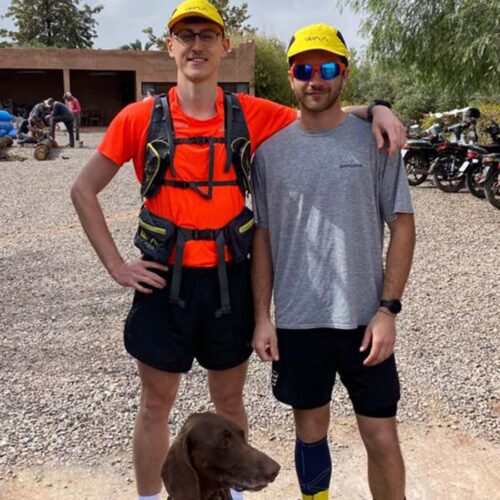
23.03 Good to go! Getting on the plane.
“Time to travel! I’m leaving with a friend of mine so it’s really cool to be able to share it with someone. I’m looking forward to it so much! Okay, the scare of the queen stage is in there. Running a double marathon after three days of 35 to 42 tough kilometres is going to be tough. If I can get through that decently, then the final marathon should work on character.”
“It will be an incredible challenge anyway that I can’t say for sure if it will succeed. There are a lot of things that remain unpredictable. I tried to prepare for the heat as best I could, but how it will work there remains a question mark. How will my stomach react to several days without decent food? Or what if I have blisters after day one anyway? Still many questions. So there’s definitely some stress present, but I feel like I’m ready. The time limits are certainly not strict, so I just have to force myself to walk at the tough times. Those who wish to follow me can do so through the website. Number 366!”
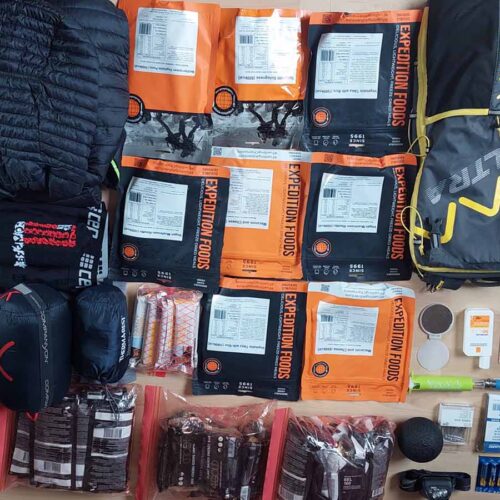
21.03 About poison suckers and sending out light signals
“I am going to the Marathon des Sables and in my backpack I am taking with me… Food! Everything from food you have to bring yourself, both what you need during the run, and before and after. A sleeping mat, sleeping bag, cooking and washing utensils, clothing and compass are all in there too. It is also mandatory to bring a poisoner for snake bites and a mirror for sending light signals. And sunscreen, of course! This adds up to about 6 to 7 kg, but of course the water you get must also be added. So that will be 9.5 kg on my back. Fortunately, the weight will diminish as the stages progress. I am not taking spare shoes. I put my fate in the hands of the New Balance More. I hesitated for a long time to put on trail shoes, but it turns out that is not necessary.”
19.03: With map and compass through the desert
“Map and compass, with that we have to navigate our way through the desert. For each stage we will be given a roadbook with the route on it. I do hope to rely largely on the footsteps of the other runners, but it could certainly be that I will have to bring out my orientation skills. The 80 km stage will also involve walking at night, so then I’m definitely going to have to rely on this.”
18.03: Bypassing Blisters
“If you see anything published in the media about the MdS, it’s the yucky blisters. Really extreme sometimes. I did make some inquiries with former participants. They reassured me that in practice it is not that bad. Especially if you are used to walking a lot (trails). We are also required to sew gaiters on our shoes so sand cannot get in. That too helps prevent blisters.”
“I tried a few more things like anti-friction cream for the feet and special plasters, but in the end I decided to just do it without all these things. I actually never suffer from blisters and I trust that with good running socks and comfortable shoes I should be fine. Fingers crossed.”
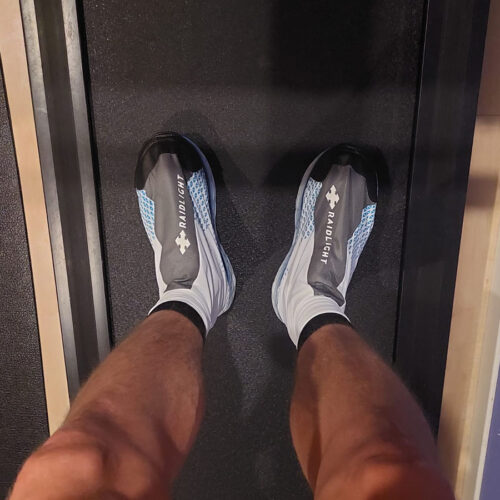
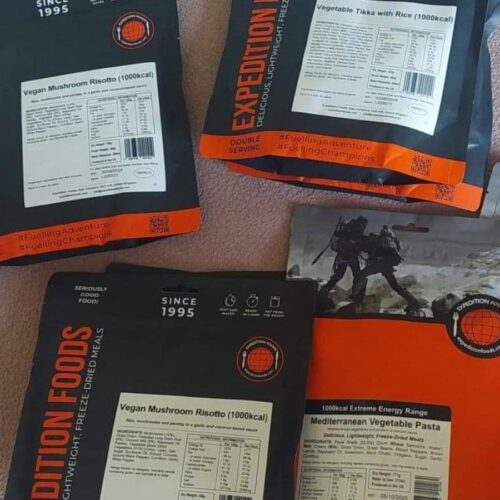
16.03: Astronaut food!
“The organization provides only water and salt tablets for the entire event for the participants. With the amount of water you get, 12 liters a day, you have to cook and refresh yourself. Everything else, such as a sleeping mat, sleeping bag, food, Fascia ball, clothing… I have to provide and carry it myself. To keep the weight and volume down anyway, I ended up with typical astronaut food for breakfast and dinner. During the run, I mainly stick to gels, isotonic sports drinks, energy bars, honey waffles…. I also take powder recovery shakes and recovery bars for afterwards. Over the past few weeks, I have tested all of these foods extensively during my long workouts so I can be sure how my body responds to them.”
14.03: Good cause as additional incentive
“Who would like to give me additional motivation to complete this challenging journey? In fact, with my participation, I want to raise money for Sportaround. Sportaround is an organization that wants to help children from different backgrounds build a bright future through sports. I learned about this organization through a passage on TV. Since sports played a big role in my life from a young age, I thought it would be a nice idea to contribute in this way. I don’t have an amount predetermined that I definitely want to reach. But the more the merrier. All are welcome to the account number: BE80 1030 5266 2277. 😉”
11.03: Sand splitter with backpack
“Heat is not going to be my only opponent. The backpack I have to lug around and the sand flats are also going to play an important role. In late December, I started walking with a backpack more than once. I thought it would be smart to get used to this as soon as possible. I started with 4 kg on my back, but it soon became 6-7 kg. I also hope to test again with 8.5 kg, as that is the maximum weight I am allowed to carry during the MdS. Walking with a backpack is completely different anyway. My gluteal and lower back muscles are much more taxed. So in addition to my running workouts, more core-stability came into play. Until recently, walking with a backpack was working out pretty well, but in the last few days I’ve had some back pain. Next week I’ll definitely have that looked at again and get some rest.”
“At the moment I’m mainly worried about running with a backpack, but the sand is not going to be easy either. I didn’t go running down the Belgian coast like many did. I think the sand at our place is not quite comparable to the sand there, so I don’t see much advantage in it. Once I went to the Kalmthoutse Heide. There I encountered some sand, but I was there mostly to enjoy the scenery. I mostly chose trails. That way I hope to get used to heavier and more unstable surfaces.”
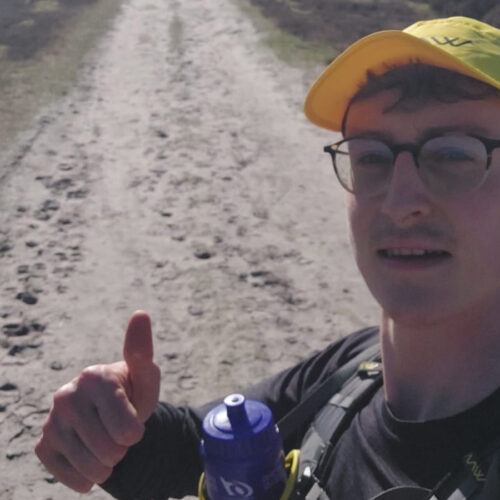
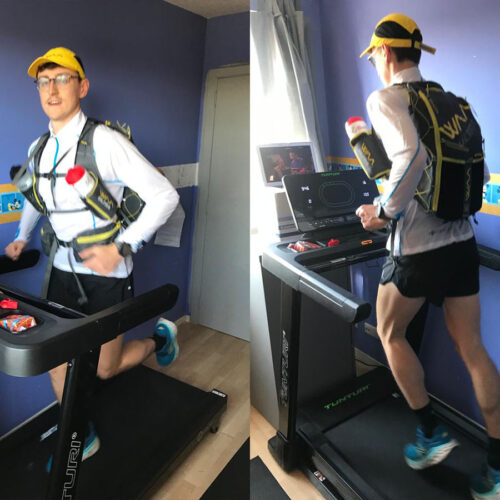
9.03: Becoming ‘heatproof’
“An important aspect in my preparation: running in the heat! This is because the temperature in the desert fluctuates between 25 and 40°C during the day. For someone who can’t actually stand the heat well, this is an additional obstacle. I tried to prepare for that as best I could by purchasing a treadmill. Some of my workouts I could finish that way in a room with the heater on. Now that it is fortunately getting a little warmer in our little country of Belgium as well, I can go outside more often with a thick layer or three on. That way I hope to reduce the contrast between the temperature here and there. At night, it can cool to 0°C in the desert. So in my backpack I definitely put some warm clothing and a good sleeping bag.”
8.03: How many miles does an ultra runner train?
“I also like to include you in my preparation. First, let me talk about how I have handled the past few months. I think I averaged out to 90 km per week. That included weeks of 70 km and some outliers of 120 km. No, I don’t train with a coach or a set schedule. I combine my passion with a full-time job at Runners’ lab, so I don’t like to depend on a tight schedule. For me, that takes away some of the fun. I much prefer to train by feel. Maybe not the very best way, but to me that feels okay.”
4.03: Fascination with physical challenges and nature lead to Marathon des Sables
“Physical challenges always attracted me, as did the simplicity of running. I also have a fascination with nature. In trail running I can express all my passions. By reading up on the sport and watching docu’s, I soon bumped into side branches such as ultratrails and skyrunning. I hiked the GR20, ran the Marathon du Mont Blanc, won the Climbing Challenge Karel Sabbe and recently I finished the Olne Spa Olne 70 km. ”
“So in a few weeks I will start the Marathon des Sables. I am already very much looking forward to it. What especially appeals to me is the self-supporting aspect. Running such a course through the desert on my own strength and with a backpack will be a unique experience. I will really try to enjoy it, that will be priority one. I am not going to focus on the ranking. That would take away some of the fun. I hope that with this blog I can inspire and encourage someone to dare to push boundaries.”
More to come. Stay tuned!
